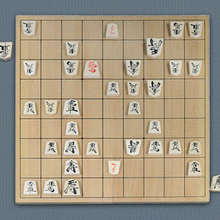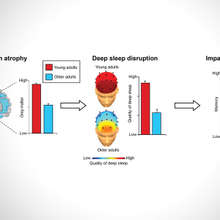A monogamous love bonding is often described as “chemistry” between two individuals. What actually goes on in the brain when such a bond is formed?
Researchers studied prairie voles, one of the few socially monogamous mammals, and reported that their social interactions can activate specific patterns of activity in the brain’s reward system, contributing to bond formation. Their findings were reported in the scientific journal Nature.
Background
Adult pair bonding involves significant changes in the perception and valuation of another individual. One key change is that partners begin to reliably activate the brain’s reward system in each other. But the neural mechanisms by which rewarding leads to bonding had remained unclear.
The communication circuit between medial prefrontal cortex (mPFC) and the nucleus accumbens (NAcc), two anatomically connected corticostriatal areas of the brain, is known to control an animal’s ability to adjust its behavior to obtain reward, including formulating new behaviors for the purpose.
The present research therefore used pair bonding in prairie vole to study the impact of the corticostriatal circuit on bonding.
The study
Functional corticostriatal circuit activity between the medial prefrontal cortex (mPFC) and the nucleus accumbens (NAcc) was examined.
The researchers recorded the activity of this circuit in female voles during six-hour cohabitation periods with male voles, and found that the strength of corticostriatal connectivity predicts how quickly the animals begin to bond, which is expressed through side-by-side huddling and mating.
Enhancing connectivity speeds up love bonding?
Mating, as compared to other expressions of animal bonding such as side-by-side huddling, generally enhances low-frequency connectivity in different brain areas, including the circuit from mPFC to NAcc. This phenomenon is true for males as well, as indicated in a previous study.
Researchers in this study found that during social interactions, the mPFC-NAcc connectivity, as measured in low-frequency coherence, is dynamically regulated to influence affiliative behavior towards a partner.
Also, rhythmic activation of the mPFC-NAcc circuit connectivity using an optogenetic technique and in a social context without mating led to a female’s later paring preference towards a partner.
Researchers also suggested that neurochemical receptor densities within this circuit vary across individuals, which may account for differences in their affiliative behavior.
Implications
The findings suggest that the activity of this brain circuit not only correlates with how fast the love bonding is formed, but can also cause the bonding to speed up.
Further studies are required to determine if this circuit is a necessary, not just sufficient, mechanism to increase love-bonding behavior.




